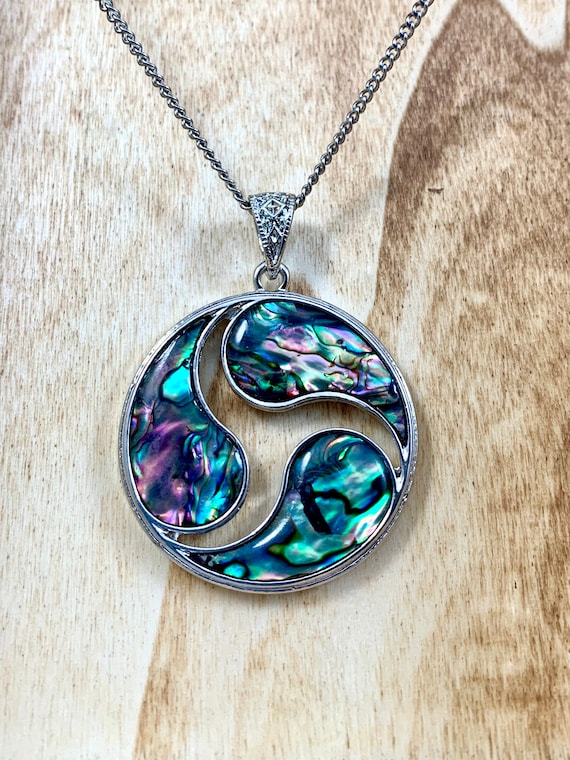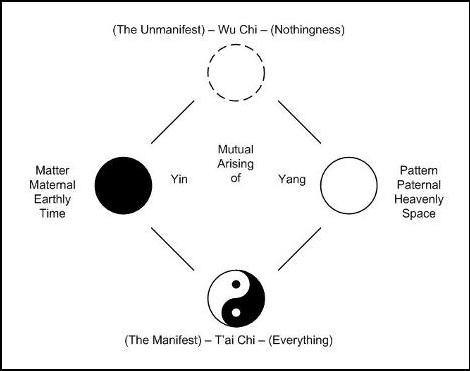

All of the diagrams in this article can be constructed using the three ancient and classic tools of the geometer these are the compass, the straightedge and the pencil. Although we will all have some degree of familiarity with the Tai Chi symbol, perhaps not so many people will have drawn a geometrically accurate depiction of it. It is equally true in the art of sacred geometry, the art of the mandala and in one’s ability to recognise the deeper significance of signs and symbols. The above maxim holds true whether we are talking about Tai Chi or anything else in life. ‘Real understanding requires participation’ Rather than go over this well covered ground, I would like to look at the development of the yin-yang symbol in it’s various guises and give a few pointers on how these can be constructed.

Most books that have any mention of Chinese philosophy, martial arts or feng shui, will explain and list qualities and characteristics of yin and yang.

Just 30 years ago, relatively few people in the west would have been familiar with this ancient Chinese diagram, yet today, most people have at least a basic grasp of its meaning. The Tai Chi or yin-yang symbol must surely be one of the most recognised symbols in the world. Tai Chi Tu – Diagram of the Supreme Ultimate


 0 kommentar(er)
0 kommentar(er)
